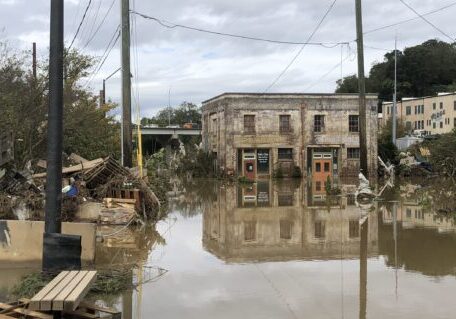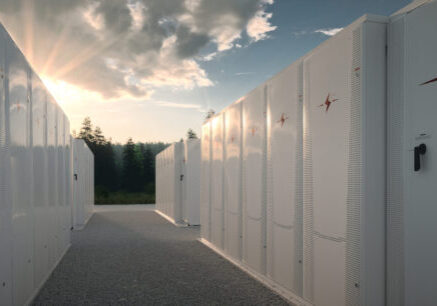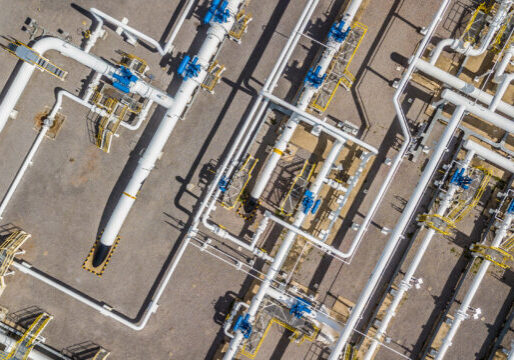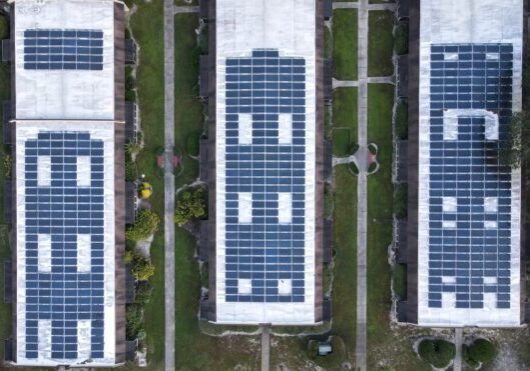August 14, 2015
Energy Storage and the Clean Power Plan
By Seth Mullendore
The Environmental Protection Agency (EPA) released the final version of its monumental Clean Power Plan last week – all 1,560 pages of it. I skimmed through the document to find out what it might have to say on the subject of energy storage. Turns out, not a lot.
The plan makes several references to the fact that the U.S. electric power system has limited capacity for electricity storage. However, unlike solar, wind and natural gas, storage is not listed among the measures comprising EPA’s Best System of Emission Reduction (BSER). EPA determines BSER by looking at existing emission reduction mechanisms and technologies and how effective they are in reducing air pollution. In the Clean Power Plan, BSER measures are used to calculate achievable emission reduction targets for each state. As for storage, EPA notes that energy storage can help enable emission reductions by making the power system more efficient and facilitating renewables integration, but asserts that that storage on its own cannot necessarily reduce power plant emissions.
The following three excerpts are the only significant references to energy storage I came across throughout this massive document:
Page 767 Storage can be helpful but is not essential for the feasibility of RE deployment because there are many sources of flexibility on the grid. DOE’s Wind Vision and many other studies have found an array of integration options (e.g., large balancing areas, geographically dispersed RE, weather forecasting used in system operations, sub-hourly energy markets, access to neighboring markets) for RE beyond storage. Storage is a system resource, as its value for renewables is a small share of its total value.
Page 1240 (5) Energy storage.
Energy storage may not be directly recognized as an eligible measure that can be used to adjust a CO2 emission rate, because storage does not directly substitute for electric generation from the grid or avoid electricity use from the grid. The electric generation that is input to an energy storage unit may be used to adjust a CO2 emission rate, but the output from the energy storage unit may not. However, energy storage can be used as an enabling measure that facilitates greater use of RE, which can be used to adjust a CO2 emission rate. For example, utility scale energy storage may be used to facilitate greater grid penetration of RE generating capacity and can also be used to store RE generation that may have otherwise been shed in times of excess generating capacity. Likewise, on-site energy storage at an electricity end-user can enable greater use of RE to meet on-site electricity demand.
The EPA received multiple comments regarding the overall merits of energy storage. Consistent with the discussion above, the majority of commenters observed that storage technology enables greater grid penetration of RE and supports more efficient and effective operations of both RE and fossil-fuel plants. Commenters further noted that energy storage can provide RE to the grid when it is most needed, while simultaneously taking pressure off fossil-fuel plants to respond to sudden shifts in demand. Despite broad acknowledgment of the benefits of storage, public comments underscore its indirect and supporting role in providing zero-emission MWh to the grid (consistent with the EPA’s decision to exclude energy storage as an eligible measure that can be used to adjust a CO2 emission rate).
(6) Transmission and distribution (T&D) measures.
Electricity T&D measures that improve the efficiency of the T&D system and/or reduce electricity use may be used to adjust a CO2 emission rate. This includes T&D measures that reduce losses of electricity during delivery from a generator to an end-user (sometimes referred to as “line losses”) and T&D measures that reduce electricity use at the end-user, such as conservation voltage reduction (CVR). The EPA received many comments in support of advanced energy technologies, including energy storage and transmission and distribution upgrades, and including these technologies in the suite of potential measures that states could consider for emission rate adjustments in their state plans. Comments pointed out that in addition to helping achieve emission standards, T&D efficiency improvements make the grid more robust and flexible, as well as delivering environmental benefits. In many parts of the country, grid operators, transmission planners, transmission owners and regulators are already taking steps to expand and modernize T&D networks. Commenters suggested that the EPA clarify the eligibility and criteria under which such measures would be permitted in a state plan.
To be eligible, T&D measures must be installed after 2012. This general eligibility requirement is discussed above in section VIII.K.1.a. The MWh of avoided losses or reduction in end-use that result from T&D measures must be appropriately quantified and verified, as discussed in section VIII.K.3.
Page 1379 Implementation of other measures not included in the BSER calculation or compliance modeling, such as nuclear uprates, transmission system improvements, use of energy storage technologies or retrofit CCS, could also mitigate gas price and/or electricity price impacts.
The takeaway seems to be that, while many commenters and at least someone at EPA recognizes the valuable role that energy storage can play in the transition to a less carbon-intensive electric power system, EPA considers the impact of energy storage as too indirect to be included in BSER reduction targets. That doesn’t mean states can’t and shouldn’t consider storage in their emission reduction planning. In fact, a number of states have already incorporated energy storage into current and proposed grid modernization plans.
The California Public Utilities Commission stated it well in their 2013 Assigned Commissioner’s Ruling, which set the stage for California’s 1.3 gigawatt energy storage mandate:
Page 2 Energy storage has the potential to transform how the California electric system is conceived, designed, and operated. In so doing, energy storage has the potential to offer services needed as California seeks to maximize the value of its generation and transmission investments: optimizing the grid to avoid or defer investments in new fossil fuel-powered plants, integrating renewable power, and minimizing greenhouse gas emissions.














